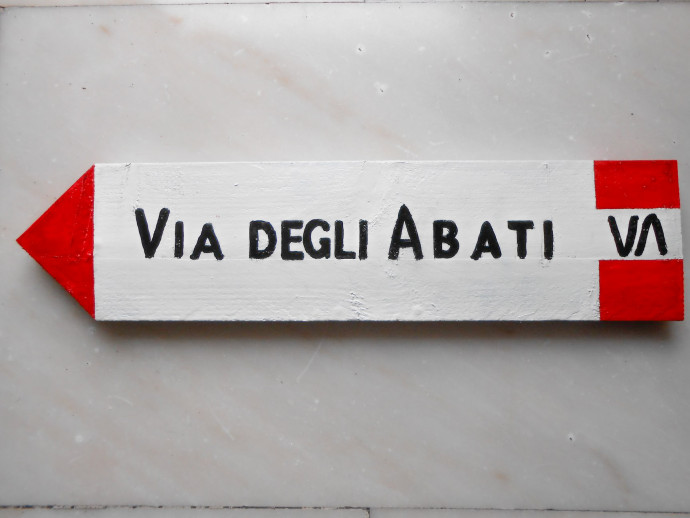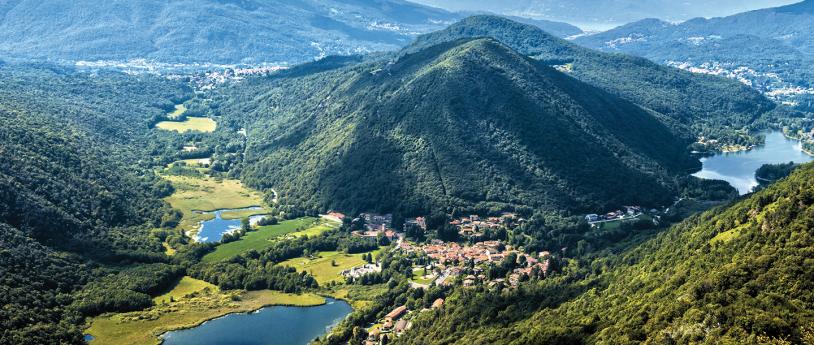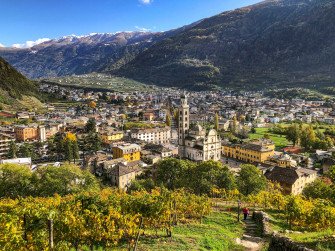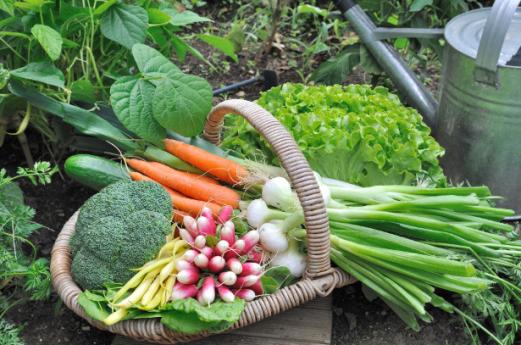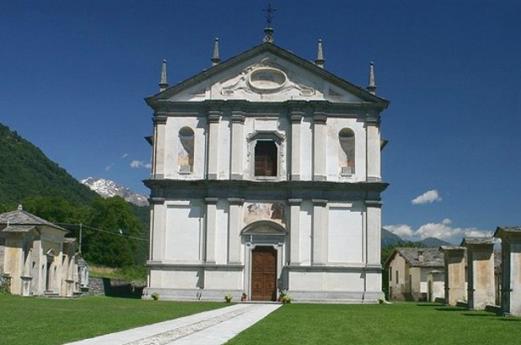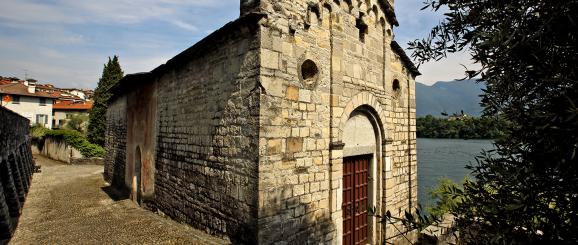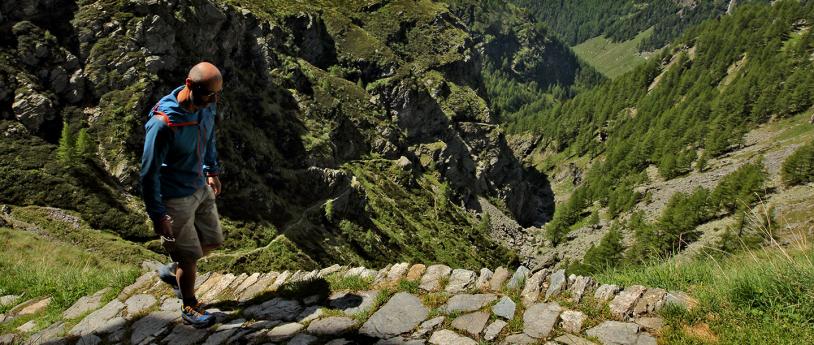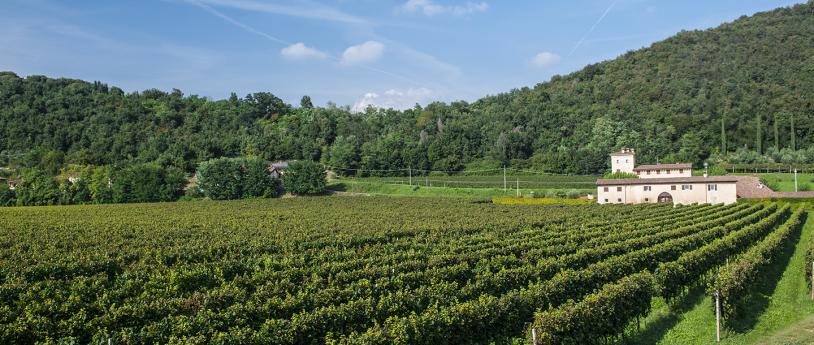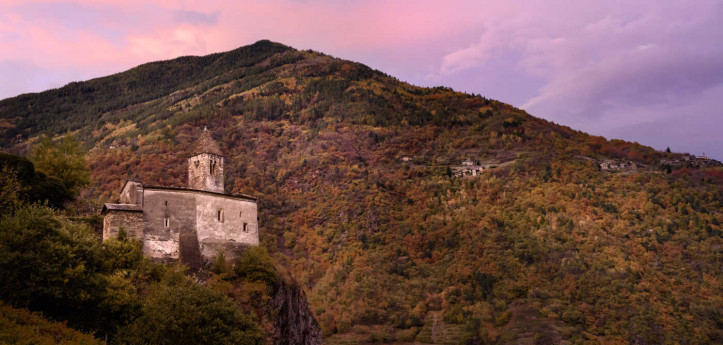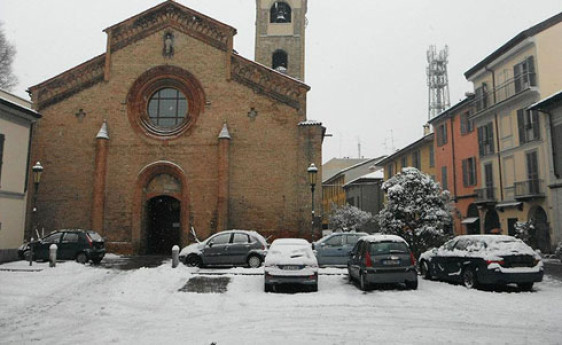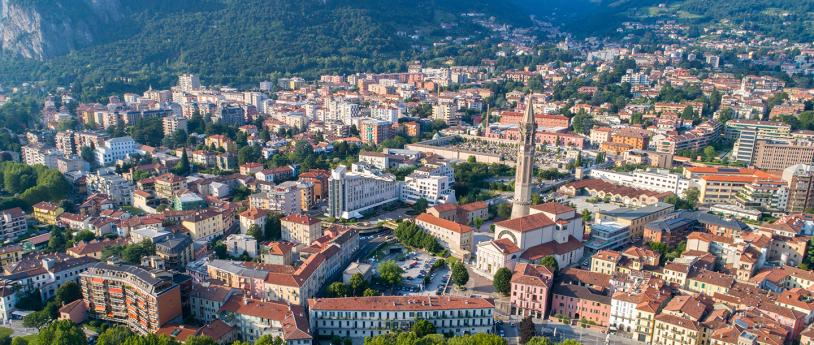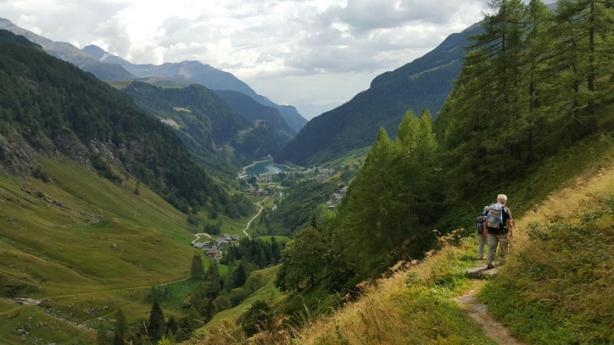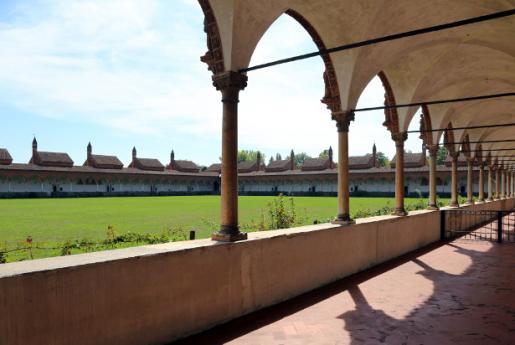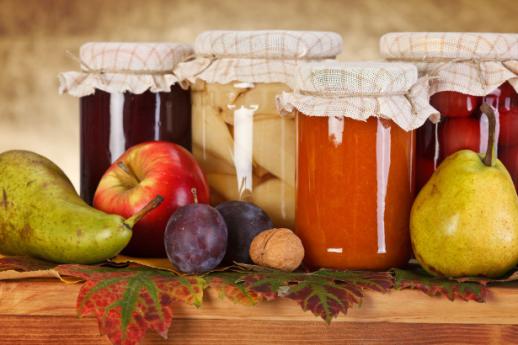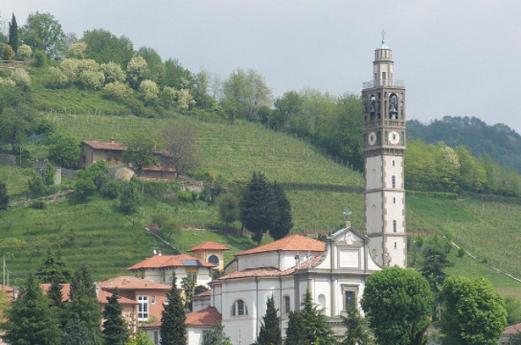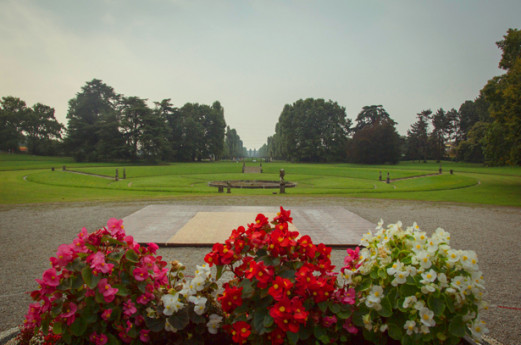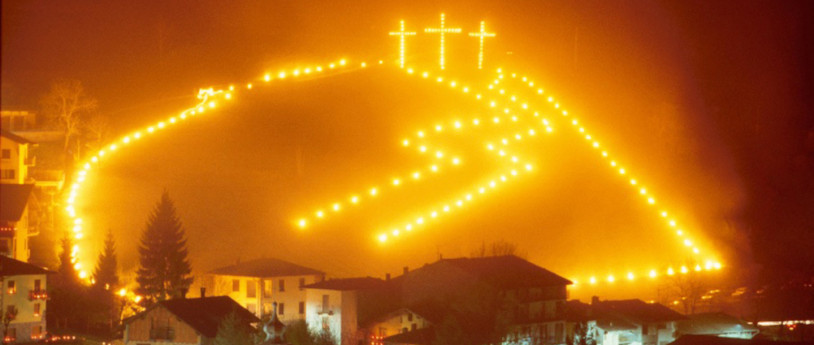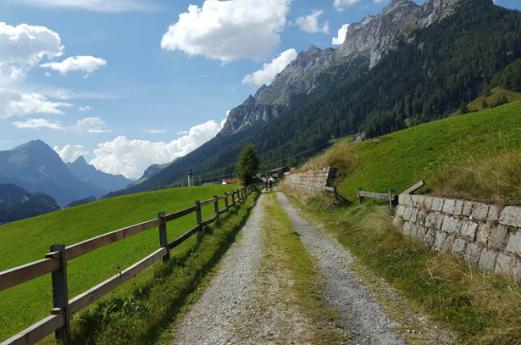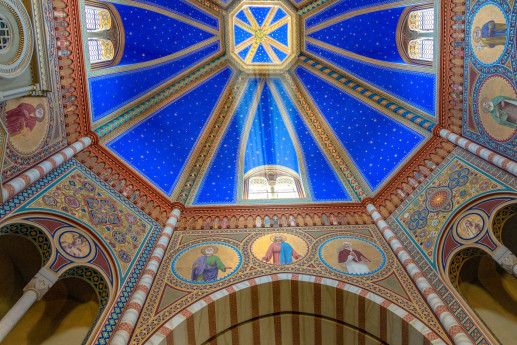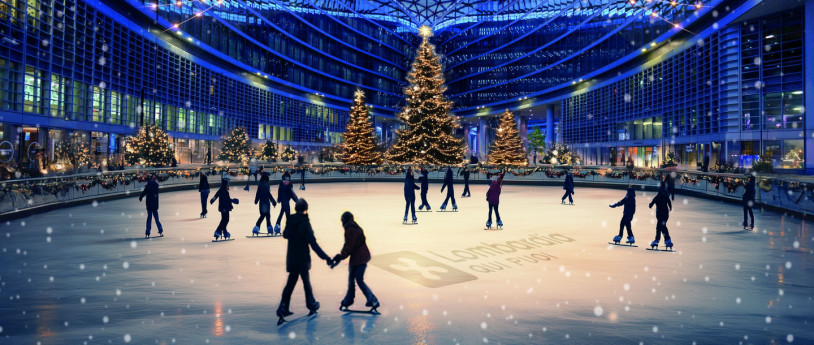- Religious Tourism
- Active & Green
- Cycle Tourism
The Way of the Monks
From Milan to Via Francigena, through the Po. The Way passes through three protected parks, a WWF oasis, monasteries and abbeys
The chance to retrace a historic way of faith and pilgrimage a few kilometres from bustling Milan, immersed in the atmosphere of a time long ago. Along the way, you can visit a number of spiritual centres, among the most ancient and fascinating of the Region.
The route covers 65 kilometres and crosses four protected areas: the Parco Agricolo Sud Milano, which extends for 47,000 hectares, the Parco della Vettabbia, the WWF Oasis of Montorfano and the San Colombano Local Park.
An ancient route ran from here connecting Milan to the Abbey of ChiaravallE, along which farm buildings were constructed to enable the monks to store the harvest from the surrounding reclaimed lands before sending the produce to the markets of the towns. An area rich in reclaimed land, it is the site of small, very busy residential centres of trade and cultural activities, enlivened by the presence of the Abbeys of Chiaravalle and Viboldone.
The Way of the Monks covers four basic stages, which can be travelled both on foot and by bicycle: from Milan to Nosedo within the urban area; from Nosedo to Chiaravalle through the Parco della Vettabbia; from Chiaravalle to Viboldone in the land of the monks; from Viboldone to Melegnano amidst hamlets and farmhouses. We cross the first stretch of the Way of the Monks that runs from San Lorenzo alle Colonne, in the centre of Milan, towards the southern suburbs along the Vettabbia irrigation ditch until it joins the river Lambro. The route follows the Valle della Vettabbia, also known as Valle dei Monaci.
Nosedo is the site of the Comunità Nocetum – a private Association of believers – which meets the needs of people in difficulties and promotes the territory. In the Middle Ages, Cistercian monks settled in the area and, thanks to their work in reclaiming the land, until then uninhabitable, it became productive and lively residential centres soon sprang up, enriched by the presence of the Abbeys of Chiarvalle, Viboldone and Mirasole.
Allow yourself to take in the stupendous Abbey of Chiaravalle, a place of prayer and culture at the gates of Milan that can justifiably be described as one of the most important Cistercian monasteries of Italy. Founded by San Bernardo di Chiaravalle in 1135, it appears as a little agricultural hamlet that houses buildings dedicated to reflection and worship, alongside open spaces where the monks laboured.
Admire the ancient mill, restored at the end of 2009, currently the site of a museum and interesting educational activities, including bakery, soap-making and herbalism classes, suitable for all ages. The mill of the Abbey of Chiaravalle is managed by the Koinè cooperative, which runs workshops for groups, schools and children.The rooms of the building, open to the community, are now the setting for recreation and summer centres, seasonal tasting events and family celebrations.
Every Saturday and Sunday, there are guided tours exploring the history. The Way then takes us along the banks of the river Lambro until reaching the Po at Corte S.Andrea. Here, like the pilgrims of long ago, it is possible to complete the “Transitum Padi”, that
is, crossing the Po by private vessel to reach the Emilia shore at Soprarivo and join the Via Francigena.
5 REASONS TO COVER THE ROUTE
1. A varied tour through literature and history in the pursuit of food for the mind and soul, which ends in the fifteenth century refectory of the abbey of Chiaravalle, still used today for community meals.
2. The Vettabbia irrigation ditch runs from the Parco delle Basiliche, in the centre of Milan, to the southern suburb of the city, its route marking out the valley of the same name, also known as the Valle dei Monaci.
3. The Abbery of Chiaravalle and its pictorial decorations, rich in flower and plant decorations.
4. On Saint Anthony’s day in the area of Cascina Nosedo, it is traditional for a bonfire to be lit, an unforgettable occasion. In the recent past, the fire has been lit by the medieval archers of the Compagnia Bianca in traditional costume, shooting burning arrows at the pyre.
5. The Valle dei Monaci is turned into a stage every year for shows, theatrical performances, cultural activities and workshops offering a top quality range of subjects, including for children.
